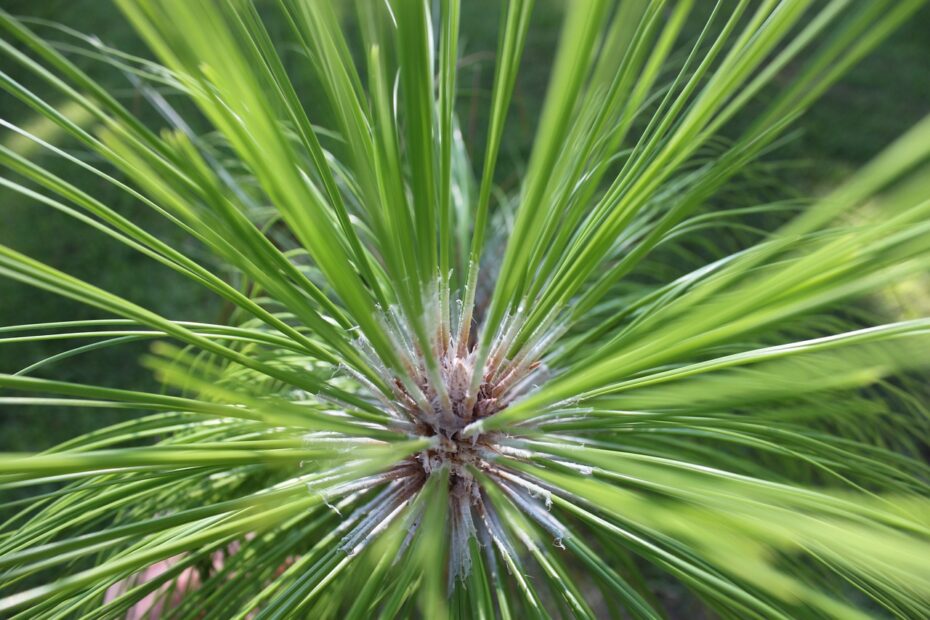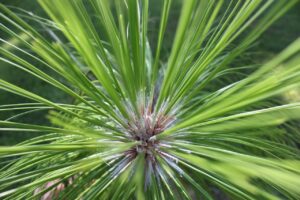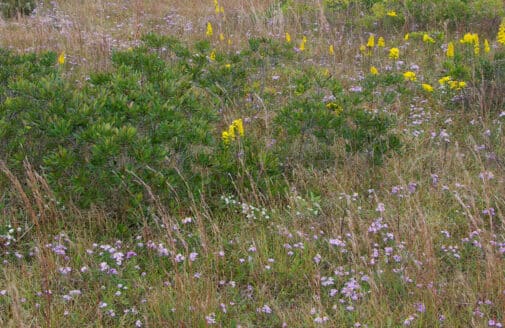Longleaf pine restoration—a major climate effort in the south—curbs its ambitions to meet harsh realities

Longleaf pine restoration—a major climate effort in the south—curbs its ambitions to meet harsh realities

A public-private partnership confronts the challenges of nature-based solutions, including urban growth, logging pressures and a warming planet
On a fall walk through Tuskegee National Forest, ecologist John Kush kept his eyes on the ground, looking for sprouts of hope.
“It’s not too bad,” he said, cautiously. “The overstory is longleaf. But it’s the understory that tells the picture.”
A retired Auburn University research fellow, Kush has spent much of his life studying Pinus palustris—the longleaf pine. The state tree of Alabama, it once reigned throughout the southeastern United States, but was all but given up for dead not long ago. Beginning with European settlement, and accelerating after the Civil War, logging and resin extraction drove the sturdy, long-needled species to near-extinction. Less than 3 percent of its original 92 million acre range remained by the 1990s.
Inside Climate News
Research area







